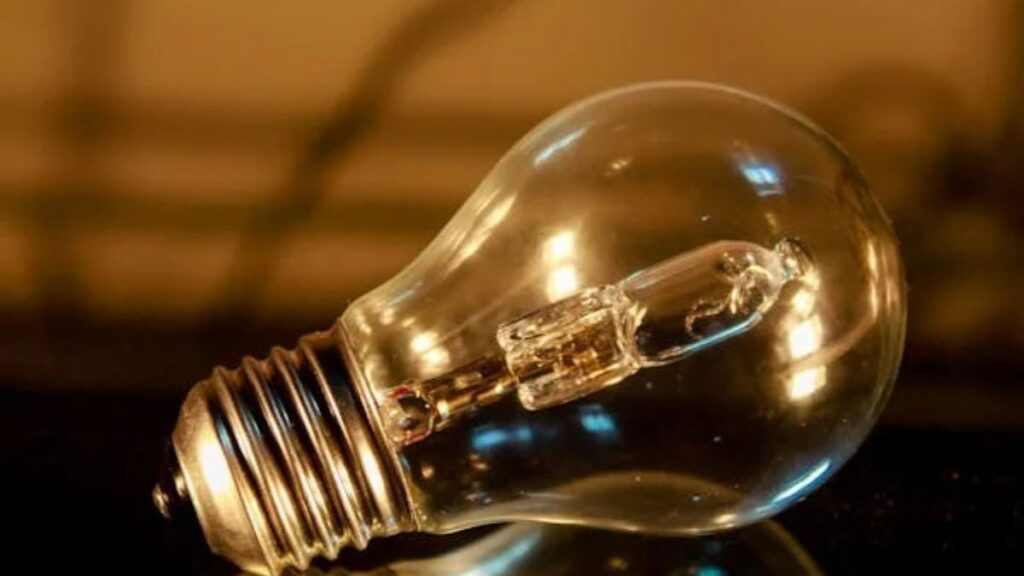Backup power systems have become a necessity in our increasingly tech-driven lives. The reliability they provide is not only crucial for home devices but also for many smaller operations that rely on consistent power. Small devices often require efficient ways to ensure they remain operational during power outages or fluctuations.
One significant solution for this need is the use of lighting inverters. These devices serve as a reliable source of backup power, allowing users to keep essential equipment functioning seamlessly even when standard electrical sources fail.

What Are Lighting Inverters?
Lighting inverters transform direct current (DC) into alternating current (AC) for small devices, ensuring that they operate without interruption. These units are particularly well-suited for residential applications, providing power to lighting systems, electronics, and other essential services. Their design allows them to be compact and efficient, making them ideal for places where space is at a premium.
These inverters play a critical role in managing the power supplied to small devices. As energy consumption has increased globally, the demand for uninterrupted voltage and power supply has also risen. The solution to this issue lies in a single phase lighting inverter, which simplifies the process of converting and supplying sufficient electrical power to devices that are vital for daily function, especially in homes and small businesses. These inverters aid in preventing interruptions that can harm delicate devices by guaranteeing a constant power flow.
Their compact design and efficiency make them an ideal choice for locations where space and energy management are key concerns. Modern advancements in inverter technology have enhanced their reliability, making them a crucial component in maintaining stable power for essential systems.
How Do They Work?
The operational principle behind lighting inverters is relatively straightforward, these devices take the stored energy from batteries and convert it into AC power suitable for small appliances. Without requiring human assistance, the inverter automatically steps in to provide backup power if the primary power source fails. With various control mechanisms, these inverters can detect the utility power status and manage the switch between the grid supply and battery supply.
They are equipped with protection features that prevent damage to connected devices when power quality fluctuates. The efficiency of these inverters ensures they use minimal energy from the battery, making them practical for extended outages. This efficiency is measured in terms of the inverter’s output capacity, which is often rated in watts. Properly assessing wattage requirements is crucial for installation reliability and overall system performance.
Advantages of Using Single-Phase Inverters
These inverters offer numerous advantages for small device operations. One of the primary benefits is their ability to ensure an uninterrupted power supply. This reliability makes them invaluable for small businesses and home setups alike. Establishing a successful backup system helps maintain productivity, especially when power interruptions occur. Another significant advantage is the straightforward installation process. Unlike larger, more complex systems, single-phase inverters can be set up with relative ease.
This feature makes them appealing to those looking for efficient solutions without the hassle of extensive installation procedures. Their compact size allows flexibility in placement, making them suitable for diverse settings. Energy conservation is another critical advantage. Many modern inverters come with energy-efficient designs that minimize power loss during conversion. Users often notice a reduction in their energy bills, translating into overall cost savings.
They operate with minimal noise, making them ideal for environments where quiet operation is essential. Their durability ensures long-term performance, reducing the need for frequent maintenance or replacements. These inverters combine cost-effectiveness, efficiency, and simplicity to offer a dependable way to handle small-scale power requirements.
Installation Considerations
Installing an inverter requires a few important considerations. Firstly, assessing the total power requirements of the devices that need backup power is crucial. Professionals often advise users to calculate wattage to ensure the inverter can handle the load efficiently. Underestimating or overestimating these requirements can lead to suboptimal performance or inverter damage. Selecting the right inverter model based on power capacity and efficiency ratings is another critical aspect.
Users may look into brands known for durability and performance for long-term reliability. Evaluating battery options is essential since the inverter’s efficiency is highly dependent on battery quality and capacity. Safety standards must also be adhered to during installation. Ensuring proper grounding and circuit protection can help prevent electrical hazards while enhancing system longevity.
Placement plays a key role in maximizing the inverter’s lifespan and efficiency. Installing the unit in a well-ventilated, dry area helps prevent overheating and moisture-related damage. Consulting with an expert can further ensure that all installation steps align with industry standards, reducing the risk of operational issues.
Maintenance of Lighting Inverters
Proper maintenance is important for maximizing the lifespan and functionality of inverters. Regularly checking the battery’s health and ensuring optimal charge levels can prevent unexpected failures. Keeping the inverter’s body clean and free of debris also plays a significant role in its operational efficiency.
Annual inspections by professionals can help detect any potential issues before they turn into serious problems. During these inspections, components such as fuses, circuit boards, and cooling systems should be closely monitored. Beyond manufacturer-recommended maintenance, users can conduct simple visual checks to ensure everything appears to be in working order.

Future Trends in Inverter Technology
Single-phase inverters continue to innovate. Emerging technologies focus on increasing efficiency and user-friendliness. Trends such as smart inverters are gaining traction, which will allow homeowners to monitor and manage energy consumption more effectively. These devices often come with apps or software, providing valuable insights on usage patterns and energy savings. Advancements in battery technologies are set to enhance the efficiency of backup systems.
Lithium-ion batteries, for instance, offer longer life cycles and faster charging times, making them an attractive option for users looking to upgrade their existing setups. The integration of renewable energy sources, such as solar panels, with inverters is becoming commonplace. This trend not only extends the use of backup power systems but also contributes to sustainability efforts by reducing reliance on fossil fuels. Reliable and efficient backup power solutions contribute to a more stable energy future.
Investing in technologies such as single-phase lighting inverters can dramatically improve energy reliability for small device operations, paving the way toward greater resource management in power consumption.







